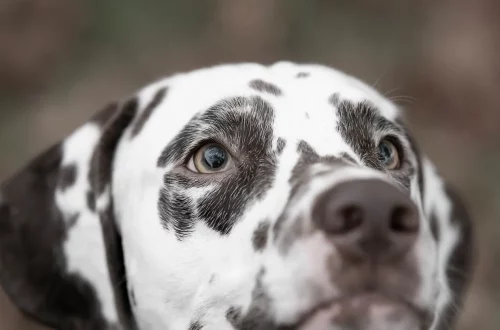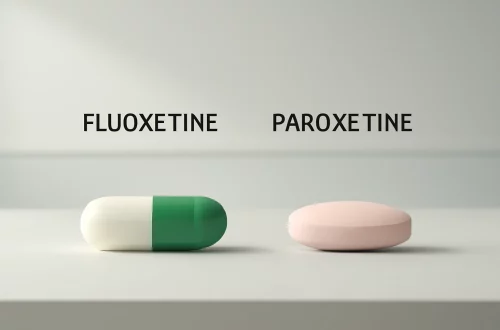
Understanding Your Dog’s Behavior: The Truth About Ass Licking
Understanding your dog’s behavior can often feel like deciphering a complex code. Dogs, with their unique personalities and instincts, display a variety of behaviors that can sometimes leave pet owners puzzled. Among these behaviors, one that frequently raises eyebrows is ass licking. While it may seem distasteful to us, this action is rooted in instinctual behaviors and social cues. It’s important to understand that dogs communicate differently than humans, and certain actions can signify a range of emotions and needs.
This behavior can be a source of concern for many owners, leading to questions about its causes and implications. Is it a sign of a medical issue? Is it purely a behavioral quirk? Or is it simply a natural part of canine life? Understanding the nuances of this behavior requires a closer look at canine instincts, social interactions, and health considerations. By delving deeper into this topic, we can gain valuable insights into our furry friends’ lives and enhance our bond with them.
Why Do Dogs Lick Themselves?
Dogs use licking as a primary means of communication and self-grooming. This instinctual behavior can be traced back to their ancestors, who would lick themselves to keep clean and to bond with their pack. When a dog licks its own body, it’s often a way to remove dirt, parasites, or irritations. However, it can also serve as a self-soothing mechanism. Just as humans might bite their nails or fidget when anxious, dogs may lick certain areas when they feel stressed or uncomfortable.
Moreover, licking can be a form of exploration. Dogs experience the world through their senses, and their tongue is a vital tool in this exploration. When they lick their bodies, they are not only grooming but also gathering information about their environment. This helps them understand their surroundings better, which is fundamental to their survival instincts.
In addition to self-grooming and exploration, licking can also be a social behavior. Dogs often lick each other as a sign of affection or submission. This behavior is particularly evident among littermates or within a pack. When a dog licks another dog, it can be a way to show respect and reinforce social bonds. This licking behavior can extend to humans as well, where a dog may lick its owner as a sign of love and loyalty.
However, excessive licking might indicate underlying issues. If a dog is constantly licking a specific area, it could be due to allergies, skin irritations, or even anxiety. Owners should monitor their dog’s behavior closely. When licking becomes obsessive or leads to raw skin, it’s essential to consult with a veterinarian to rule out any health problems.
Assessing the Role of Hygiene
Hygiene plays a crucial role in canine health and behavior. Dogs are naturally inclined to maintain cleanliness, and licking is an integral part of that process. They groom themselves by licking their fur, which helps distribute natural oils, keeping their coat shiny and healthy. This self-grooming behavior is particularly important for maintaining skin health and preventing infections.
Moreover, dogs may lick their anal area as a means of hygiene. The anal glands, which are located near the anus, can sometimes become full or impacted, leading to discomfort. In an attempt to alleviate this issue, dogs might lick this area more frequently. Regular grooming and bathing can help manage this aspect of hygiene, but it’s also essential for owners to be aware of any signs of discomfort or abnormal behavior.
In some cases, a dog’s licking may be a response to their diet. Certain food allergies or sensitivities can manifest as skin irritations or gastrointestinal issues, prompting dogs to lick their bodies more than usual. Ensuring that your dog is on a balanced diet, free from allergens, can significantly impact their overall health and reduce excessive licking behaviors.
It’s also worth noting that while hygiene is important, excessive licking can lead to further problems. If a dog develops hot spots or sores due to constant licking, it can create a cycle of irritation that exacerbates the issue. Therefore, maintaining a consistent grooming routine, combined with appropriate veterinary care, is vital for preventing hygiene-related licking.
Behavioral Insights: When Licking Becomes a Concern
While occasional licking is normal, there are times when it can become a concern for dog owners. Behavioral issues can manifest through excessive licking, which may indicate stress, anxiety, or boredom. Dogs are creatures of habit and thrive on routine. A sudden change in environment, such as moving to a new home or the addition of a new pet, can trigger anxiety, leading to increased licking.
Boredom is another significant factor that can contribute to excessive licking. Dogs require mental and physical stimulation to stay happy and healthy. If they don’t receive enough exercise or engagement, they may resort to licking as a way to cope with their boredom. Providing regular playtime, training sessions, and socialization opportunities can help alleviate this issue.
Additionally, some dogs may lick as a way to seek attention from their owners. If a dog learns that licking leads to a reaction—whether positive or negative—they may repeat the behavior to gain attention. It’s essential for dog owners to remain consistent in their responses. Ignoring undesired licking behaviors while rewarding positive behaviors can help redirect their focus.
When assessing licking behavior, it’s important for owners to observe other signs of stress or discomfort. If a dog appears anxious, is pacing, or loses interest in their usual activities, these can be indicators of underlying behavioral issues. Consulting with a professional dog trainer or behaviorist can provide valuable insights and strategies for addressing these concerns.
Medical Considerations: When to Seek Help
While licking is often a normal canine behavior, there are situations where it may signal a medical issue. If a dog is licking excessively or appears to be in discomfort, it’s crucial to consult a veterinarian. Conditions such as allergies, infections, or skin disorders can lead to increased licking as a response to irritation.
Allergies are one of the most common medical reasons for excessive licking. Dogs can be allergic to various environmental factors, including pollen, dust mites, or certain foods. Symptoms may include itching, redness, and inflammation, prompting the dog to lick affected areas for relief. A veterinarian can conduct allergy tests and recommend appropriate treatments, including dietary changes or medications.
Infections, both bacterial and fungal, can also cause dogs to lick specific areas. These infections often require medical intervention, including antibiotics or antifungal treatments. Observing signs like swelling, discharge, or a foul odor can help identify potential infections early.
Another condition to consider is the presence of parasites, such as fleas or ticks. These pests can cause significant discomfort, leading to increased licking. Regular preventive treatments and grooming can help keep these issues at bay.
Ultimately, understanding your dog’s behavior is key to ensuring their well-being. While licking is often a natural part of being a dog, being aware of the potential signs of medical or behavioral issues can help you provide the best care for your furry friend.
**Disclaimer:** This article is not intended to provide medical advice. If you suspect your dog may have a health issue, please consult a veterinarian for professional guidance.




